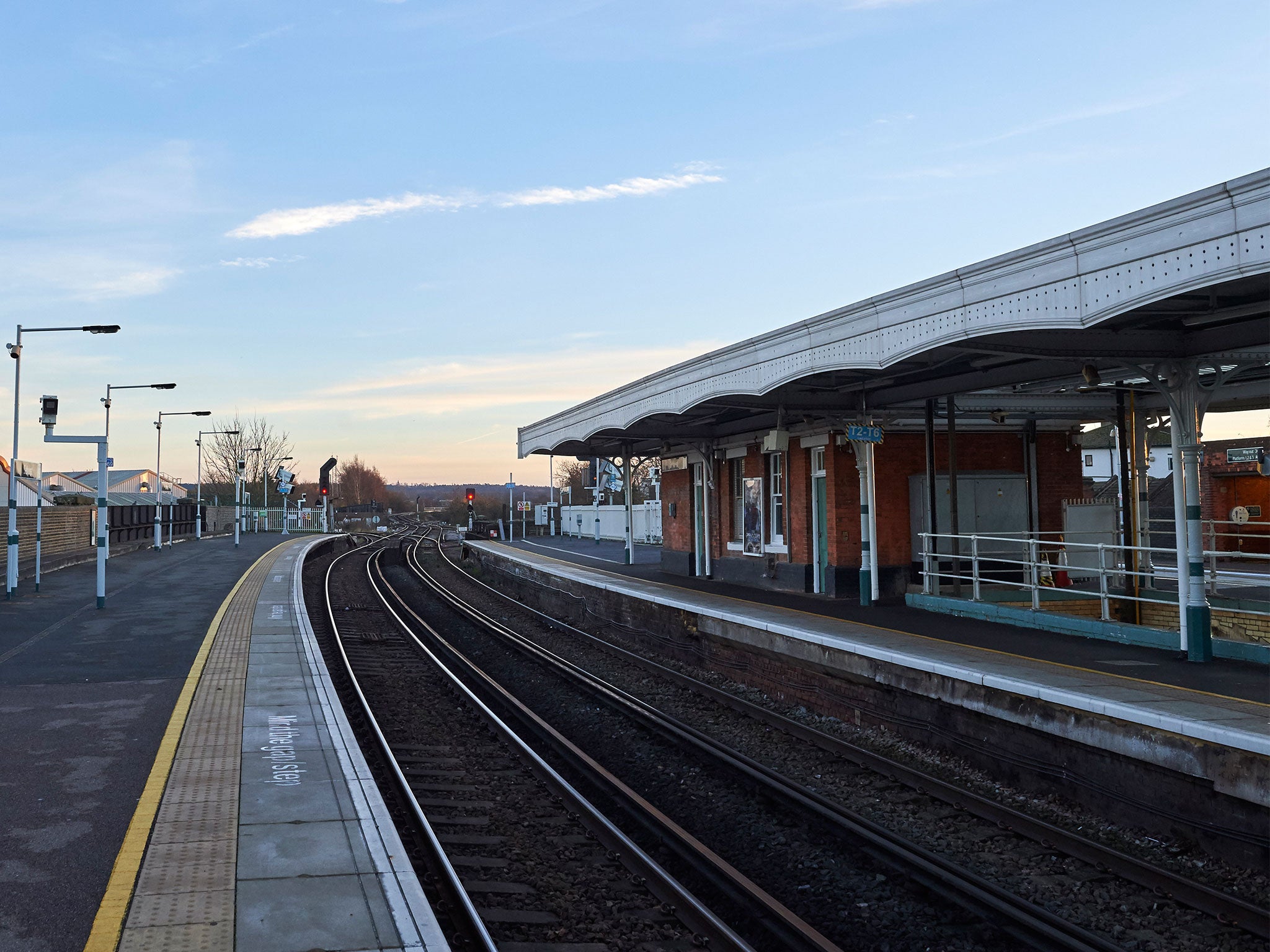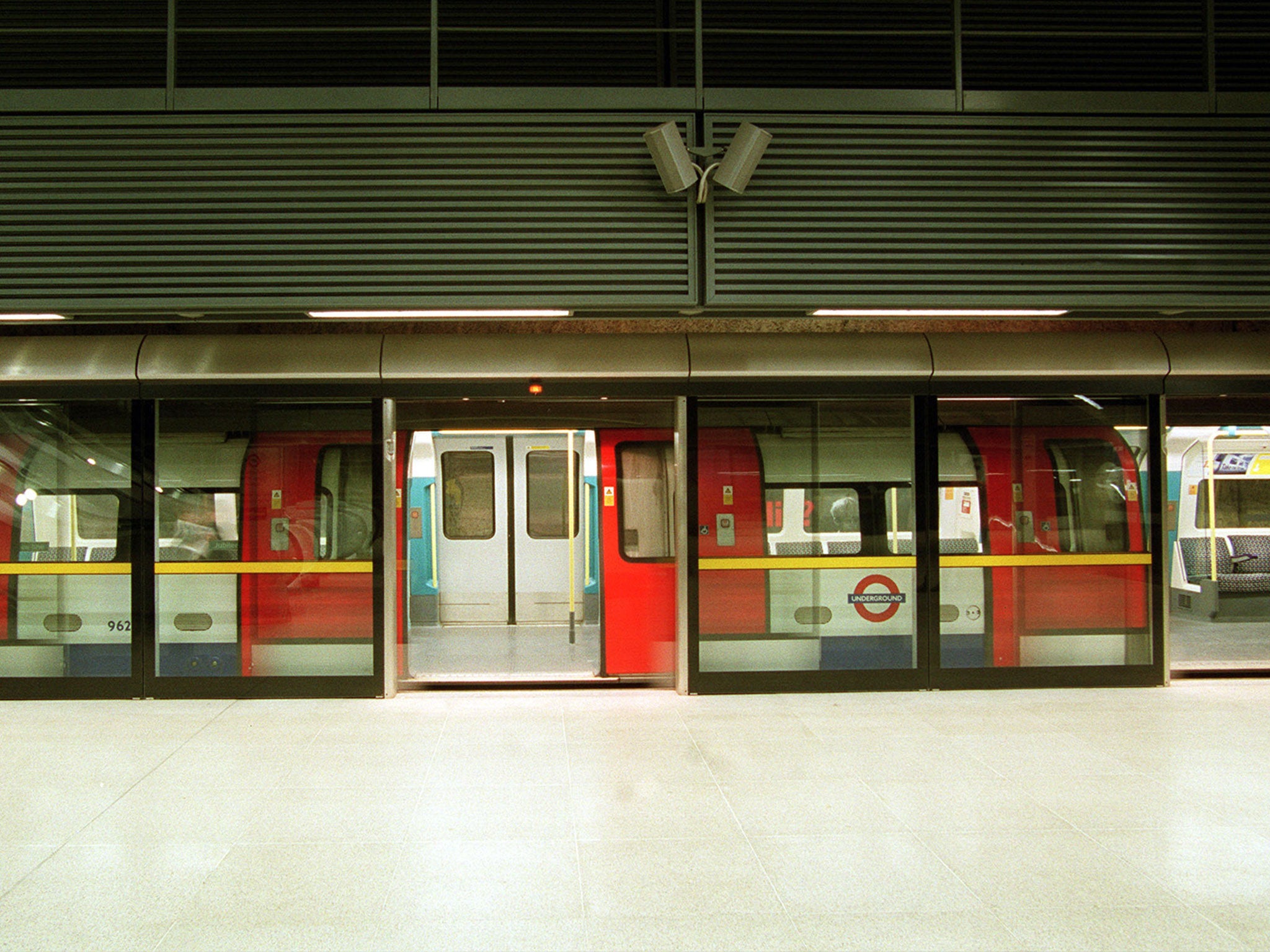Train stations set for radical redesign to stop people using them to take their own lives
Tube-style platform-edge doors among recommendations

Your support helps us to tell the story
From reproductive rights to climate change to Big Tech, The Independent is on the ground when the story is developing. Whether it's investigating the financials of Elon Musk's pro-Trump PAC or producing our latest documentary, 'The A Word', which shines a light on the American women fighting for reproductive rights, we know how important it is to parse out the facts from the messaging.
At such a critical moment in US history, we need reporters on the ground. Your donation allows us to keep sending journalists to speak to both sides of the story.
The Independent is trusted by Americans across the entire political spectrum. And unlike many other quality news outlets, we choose not to lock Americans out of our reporting and analysis with paywalls. We believe quality journalism should be available to everyone, paid for by those who can afford it.
Your support makes all the difference.Train stations across the UK are set to be radically redesigned in a bid to cut the number of suicides, according to plans being drafted by Network Rail.
Tube-style platform-edge doors, new lighting, seating that faces away from the tracks and additional barriers will form part of a new blueprint to reduce the number of people taking their lives at stations.
Other proposals being looked at include infra-red beams to alert station staff to people near the end of the platform, flashing stud floor lighting and painted crosshatching to discourage those considering taking their own life from waiting in isolated parts of the station.
Waiting rooms or toilets halfway along platforms would also go under guidance requiring clear sight lines for railway staff along the entire length of the station.
The blueprint, to be published in April, will initially be advisory but could become mandatory if changes to stations are not made.
Train operators, who manage the majority of stations on the UK's rail network, are understood to be supportive of measures to improve station design.
Ian Stevens, head of suicide prevention at Network Rail, said adjustments to train stations may sound insignificant but could still save lives.
“If you turn station seating at right angles to the track, potentially suicidal passengers have the got to make the decision to turn 90 degrees and walk towards the railway,” he told The Independent.
“Now that may sound completely insignificant, but it is significant, because we know the more forms of intervention we can put in somebody's way, the less likely they are to take their own life.”
Among the most eye-catching measures under consideration are screens along the length of platforms that prevent access to the track until a train has pulled into a station.
The barriers are in use on the London Underground's Jubilee Line and are likely to be recommended for new-build surface stations across the UK, although the weight and size of the doors restricts where they can be installed.

Mr Stevens said limited changes would be made to existing stations – either because they were listed buildings or because of the amount of people using them – but that new build stations would see more radical redesigns.
“At the top end of the range are platform edge doors, like you get on the Jubilee Line, because we know that they are very effective, but we cannot retrofit them in this country because a lot of our platforms can’t support the weight,” he said.
“Equally, some of the platforms are so thin that those doors take up space and you reduce the amount of people that can pass through that platform, and that becomes a safety risk.
“But for new build stations you can start to recommend all sorts of things.
"We would also make sure you had unrestricted sight lines; a lot of old stations have buildings half way up them, they have waiting shelters in the middle, and of course those are spaces that people can hide behind waiting to leap out from.
“We can also have platform end gates, so people can’t walk off the end of platforms."
The new plan, to be unveiled in the spring, will dispense with some measures already being trialled at stations, including blue lighting pioneered in Japan.
It is said to have a calming effect that can reduce the number suicides and a study of the lighting in use at 14 Japanese stations found the number suicides fell by 74 per cent.
However a subsequent review cast doubt on how effective it was, and Network Rail has said there are no plans to make use of the lighting across the UK network.
“The only country that is even considering it is Canada, but that is in its infancy,” said Mr Stevens.
“There are other derivations of that technology that we can use though, such as blue flashing studs in the platform similar to the red studs in use on the Washington DC metro.”
There were 237 suicides on the rail network in 2016/17, 15 fewer than the previous year.
The UK has historically had one of the highest rates of railway suicides in Europe.
Last year Network Rail launched its “small talk saves lives” campaign to encourage members of the public and station staff to intervene if they believe someone is contemplating ending their life on the rail network.
Network Rail has trained 16,000 employees in how to help when they fear someone is feeling suicidal and has partnered with the Samaritans to tackle the problem.
The campaign encourages passengers to notice potential warning signs, such as a person standing alone, looking distant or withdrawn or staying on the platform for a long time without boarding a train.
The following organisations are contactable for support:
Mind.org.uk
nhs.uk/livewell/mentalhealth
mentalhealth.org.uk
samaritans.org
Join our commenting forum
Join thought-provoking conversations, follow other Independent readers and see their replies
Comments